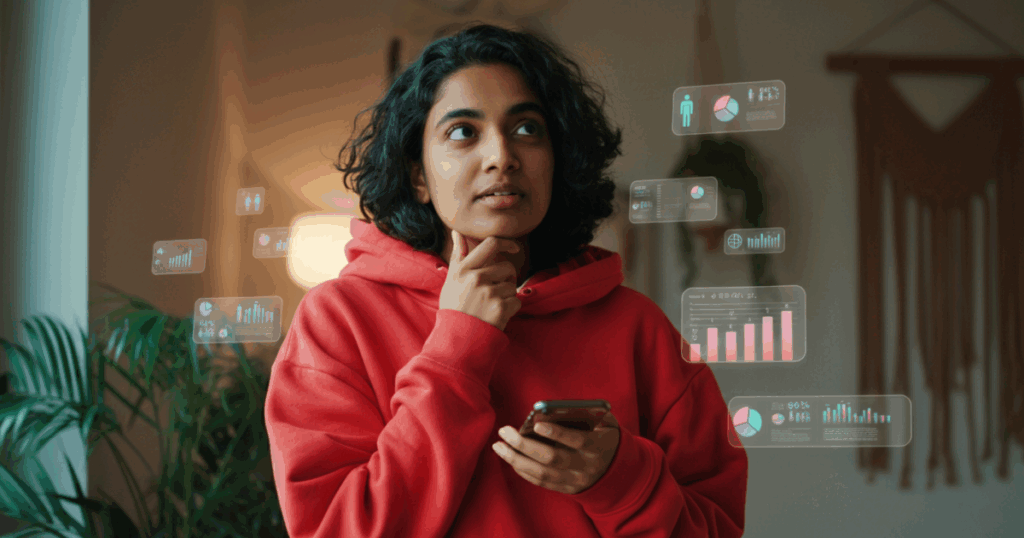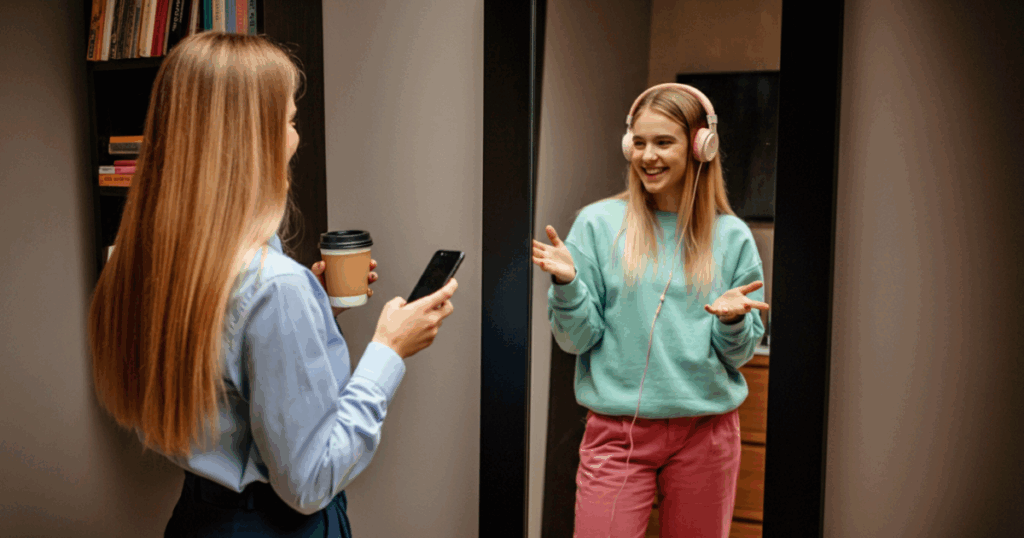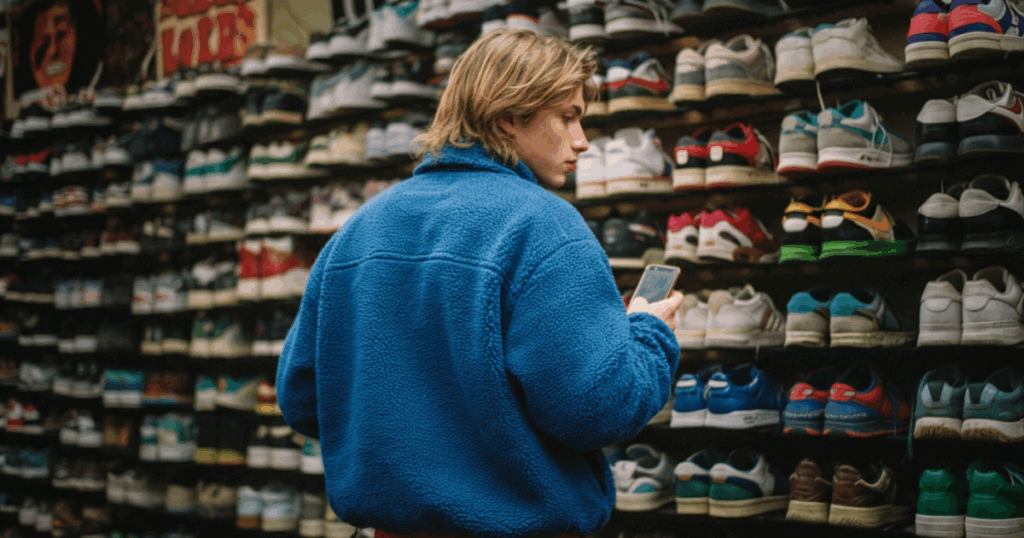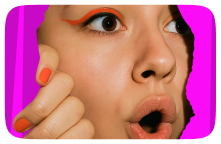When Gen X and Millennials were coming up, we had it beaten into our heads that we had to go to college and get that degree. Even if you weren’t college material, you got pushed into that Bachelor of Business Administration (BBA) with a concentration in Marketing. Gen Z saw this and said “no thanks” as millions drowned in student loan debt. And with the rise of Instagram and TikTok, “get a degree and climb the ladder” evolved into “be your own boss.”
Juliet Schor, a Professor of Sociology at Boston College, sat down with The Atlantic in 2022 and was clear on what the creator economy demands from someone — a complex career path rather than just getting CapCut: “The creator economy has simply transferred risk onto individuals. This isn’t freedom; it’s offloading the responsibilities that companies typically bear onto independent contractors. It’s precarity masquerading as opportunity.”
According to a 2023 study published in the Journal of Digital Media Management by Dr. Brooke Erin Duffy’s research team at Cornell University, 92% of full-time content creators reported working without employment benefits, while 78% experienced income volatility that made financial planning impossible. The study surveyed over 400 creators earning at least $30,000 annually and found that 63% maintained “shadow work” in traditional employment sectors as a safety net against platform algorithm changes.
The Greener Grass (But You Won’t Have Time to Touch it)

Gen Z has seen a different career path than before; there’s an allure to wanting to make a living off creating, reselling goods, and being a creator, and who could blame them? Making content from the beach is much more fun than punching a clock. The creator economy offers something shinier: autonomy, flexibility, and the seductive promise of turning passion into a paycheck.
Why sit in a cubicle where you can build your brand, be your boss, and monetize life? Yet beneath this promise lies a troubling paradox.
When creator Emma Chamberlin sat down with Forbes in 2022, she said, “Being a content creator is a dream job until it’s not. You work 24/7 without any breaks, and your entire worth is based on whether people like you.”
While the creator economy markets itself as a liberating alternative to the 9-to-5 grind, it often replicates the structures it claims to reject: relentless productivity, constant visibility, and algorithmic obedience, all under the illusion of independence.
Cue dramatic organ music.
Why Gen Z Is Ditching 9–5s

Check out these stats; they tell you everything you need to know about where Gen Z’s head is.
- According to Adobe’s Future of Creativity study, nearly 45% of Gen Z want to be full-time creators.
- In comparison, freelance/creator job searches among Gen Z have spiked by over 70% in the last three years.
There are many reasons; it’s rooted in social capital that jacks up dopamine with likes, follows, and clout as emotional currency. With the complications of society comes the burden of reality, and pushing against those pitfalls is the allure of flexibility, self-expression, the notion that corporations are a grinding mechanism of a constructed reality, and really, that college costs a lot of money.
So, when kids see someone like Alix Earle or MrBeast, who started with just an iPhone, that’s attainable — all you need to get started is a phone.
The Hidden Costs of “Freedom”

The thing about social media is that it’s a complex landscape that requires planning and a strategy. There are things to consider for anyone wanting to be chronically online as a media presence: that platform dependency is absolute, and YouTube, TikTok, or Instagram can change the rules anytime.
Keeping this in mind, creators need to have an email list because as platforms rise and fall, owning how you speak to your followers shouldn’t be something at the whim of what the algorithm decides. The Almighty Algorithms reward constant performance and track every metric. Social media apps track how long people linger on content; they’ve got everything down to a science. According to a 2023 YouTube study, full-time creators spend 53 hours per week on content-related tasks.
Taylor Lorenz, technology columnist for The Washington Post, from her 2021 book “Extremely Online” wrote, “What looks like creative freedom is often just 24/7 hustling for brands. Many creators tell me they feel trapped by algorithms they don’t control, platforms that can change rules overnight, and audiences who demand constant content.”
There’s a clear trend here: there are no breaks. There’s a lot of work and hours for videos that don’t perform, even if the creator put massive effort into the content.
The ups and downs of engagement are necessary to acknowledge because while the thrill of the likes is intoxicating, there is the emotional labor that goes into being “authentic.” What does it mean to be your true self in a curated space? Do you have to let them in on everything within your life? Are there barriers to where people are allowed?
Being “real” online is often less about vulnerability and more about curated relatability. The expectation of struggle and emotions turns identity into a product and emotions into marketing tools. And that moves within the pressure to be emotionally available and responsive via comments, DMs, and live streams, which means there’s often no break from the performance of self because there’s no clocking out.
When MrBeast sat down with Joe Rogan, he was clear on his obsession with living up to his expectations and how it drives him every day when he sketches out a new idea, “I’ve been obsessed with YouTube since I was 11. To me, my whole purpose was to make the best videos possible. I would literally rather die than not make better videos.”
That’s a lot for someone to take in as a concept — someone putting that much pressure on themselves to perform at the elite level, even if the idea is a guy alone in a grocery store. (Yes, he made a video paying someone 10K a day to see how long he could be alone in a grocery store.)
Understand the Illusion

Fans and followers often have expectations; they feel owed an emotional connection, demanding an explanation of someone’s life, fostering a lopsided emotional dynamic where the creator gives more than they receive. This also leads to fatigue, numbness, or even identity confusion. Studies have shown creators in emotional labor sectors (like wellness, self-help, or trauma) experience disproportionately high rates of burnout and anxiety. A 2023 Pew study revealed that 71% of Gen Z creators report anxiety related to content performance and visibility.
TikTok creator Drew Afualo, known for her viral feminist takedowns, recently took a step back from the platform, citing severe burnout. “I have been severely ill and struggling with my mental health… I need to focus on self-validation and mental health,” she shared in a statement to followers.
Similarly, Valeria Lipovetsky, a lifestyle influencer with a massive following, has spoken openly about the emotional toll of constant content. “I’ve learned that the quickest route to burnout as a creator (and in life) is tying your worth to your productivity,” she said.
Both women underscore how the demand to be emotionally present, relatable, and responsive, hallmarks of the “authentic creator,” can become unsustainable when the self becomes the product. And when you think about that, does that align with self-sustainability as a content career? That’s a lot to manage.
The Grind Lie

No matter what creative outlet you pursue, not everyone will make it. It’s just a fact of the creative business. No matter what you do, music or art, there will always be competition, and someone will be awesome. Even if you’re wildly talented, it doesn’t equate to success. Just ask the dudes in bar cover bands who can rip through the Van Halen songbook. \
According to SignalFire, only the top 1% of creators earn 90% of revenue. Centering back on those hidden labor costs, it’s a fundamental equation that can easily add up to burnout:
- Emotional exhaustion
- Production costs
- Unpaid time
Not to mention that it’s not a job with benefits like healthcare.
Depending on how you look at the world, one could make the comparison that being a content creator is a gig worker with a fancier filter.
What This Teaches Gen Z About Work

One of the biggest capitalist lies is the paradox of work ≠ fulfillment: The myth of doing what you love = never working a day. In the creator economy, hyper-individualism is the name of the game.
Success is painted as the result of personal grit and failure. If you didn’t make it? That’s on you. Didn’t grow your audience? You must not have posted enough. Whoops. Didn’t it go viral? Your content just didn’t “hit.” This mindset dovetails neatly with Hustle Culture 2.0, where creators are expected to always be on, produce, and continually optimize. Breaks equate to algorithmic suicide, and boundaries as laziness in disguise.
It’s not just “be your own boss” — it’s “be your own unpaid intern, marketing team, content strategist, therapist, and 24/7 hype machine.”
The puzzle of social media requires a lot of pieces fitting together, and those, in turn, need to have clarity on what you’re making but with things in mind like sustainable visibility, slower growth instead of chasing virality, creative collectives, prioritizing time offline and setting boundaries, content breaks, private vs. public life.
A Gen Z creator needs to know the snares of success and the reality of what goes into being a creator. It looks like freedom, but there’s more to it than snapping a video and throwing it up online. A lot of work, like scheduling, editing, and general content planning, goes into being a creator.
The Big Conclusion: Autonomy or Algorithm?

The creator economy isn’t inherently bad, but its contradictions need to be named.
Who wants to be a cubicle jockey? Who wants to be rewarded with a slice of chain store delivery pizza for making a company a bunch of money when the allure of becoming a professional thrift store shopper is a reality?
It takes a mix of hustle and know-how, plus an understanding that you have to do more than find that magical pair of Jordans at Goodwill.





